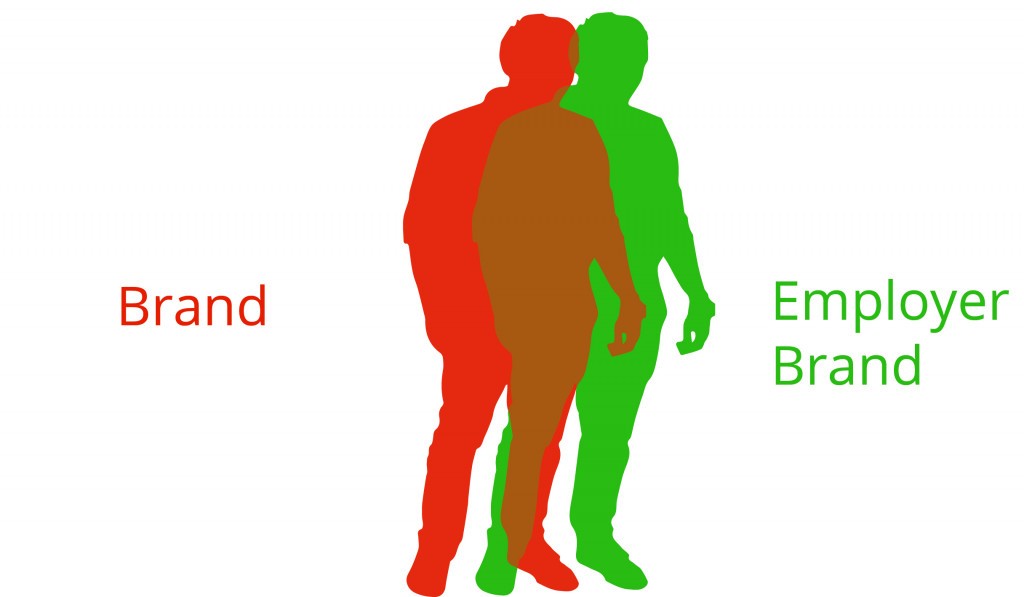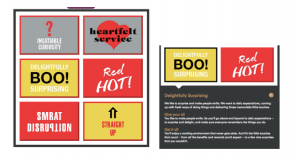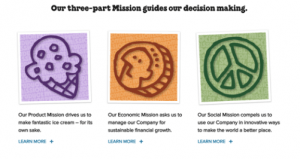Alignment: it seems obvious doesn’t it?

Alignment isn’t just about customer services, it’s at a product, systems and process level too
We all know that misaligned internal external messaging can be damaging. If the customer experience isn’t joined up, the brand suffers. And it’s not just about the sales and customer service teams. Alignment is getting everyone, from the C-suite down, feeling a genuine affinity with the brand. After all, if you don’t love yourself, how can you expect anyone else to? Alignment is finding ways to make sure that when products are designed, when new IT systems are put in place, when processes are overhauled and when customers walk through your door, it all feels like it’s coming from the same place.
It seems obvious, but it takes some effort.
Changing behaviours is more than just words on a wall. Vision and values are important, but these need to make sense. Too often I see the carefully honed brand values in the brand book we use to create customer campaigns and then a completely different set of internal brand values with no real connection to the first for employees to get their heads around. This is where the confusion starts. Too often the employer brand values are actually just desired behaviours given the grandiose title of ‘values’. And too often they are just a rehash of some pretty generic words like ‘collaboration’ and ‘people’ and ‘innovation’. What I want to know is how do these fine ideals relate to the values you’re promoting to your customers?
Virgin do it well, so do Ben and Jerry’s (see below). And they both say it well. You can see how the values can be read by both internal and external audiences and both will know what to expect.
So how do we move forward? Well let’s be realistic: there are two realities.
One where you are willing to change what you say to employees to bring it in line with what you tell customers. Here the employer brand values and the customer facing brand values are the same because brand values should be immovable. You explain how those values are interpreted internally, the behaviours that deliver them, how they influence everything you do, why it’s important and when you’ll know you’re getting it right. You make them make sense to each department and relate them to their strategic goals and purpose (I can show you my case studies on this).
The other reality is that you have your employer brand values in place already, they may not be perfect – may even include some of those pretty generic statements above – but you don’t want to confuse things by changing everything just yet. This is where the bridge comes in (I can show you case studies on this too). In this scenario you build on these as behaviours and you do the work to connect them back to the brand values. You could call this post rationalising or back filling or making sense of what you have already. I call it the bridge and it enables you to sidestep cynicism and to transition to a more aligned and more meaningful employer brand.
Contact me for more information on alignment, employer brands and bridges and to receive our simple brand alignment health check questionnaire.
Virgin. You can see the brand ethos in how these are expressed, and how they can relate to customers as well as employees.

Ben and Jerry’s. Simple, not trying to be fancy. Feels honest and genuine and you can see how both customers and employees will feel this is for them.





